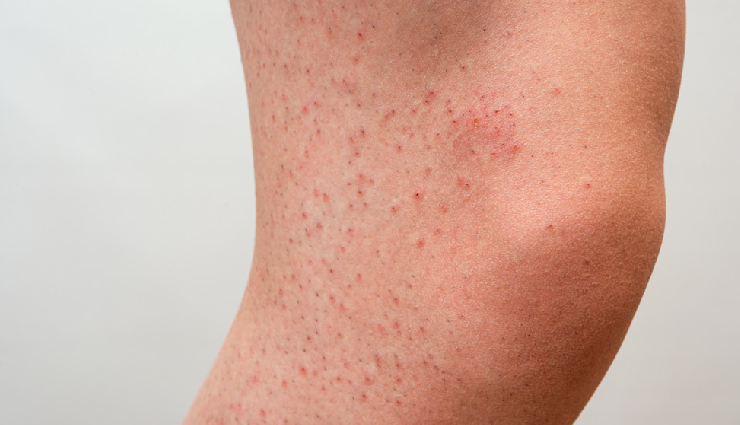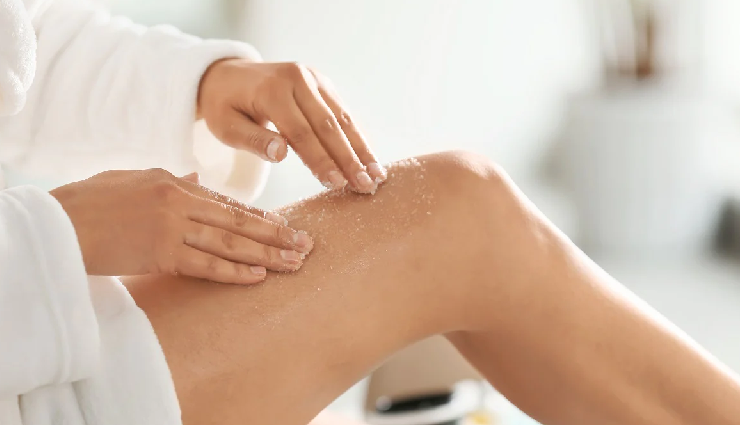
The dark dots or black spots on the skin are often caused by the presence of trapped hair, oil, dead skin cells, or bacteria within the hair follicles. Shaving, waxing, or using other hair removal methods can contribute to the development of strawberry legs, as these processes may lead to irritation, ingrown hairs, or clogged pores.
Maintaining good skincare practices can help prevent and improve the appearance of strawberry legs. Regular exfoliation, moisturizing, and using products with ingredients like salicylic acid or glycolic acid can help unclog pores and promote smoother skin. Additionally, choosing proper hair removal techniques and avoiding practices that contribute to irritation can aid in reducing the likelihood of developing strawberry legs.
It's important to note that if the condition persists or worsens, consulting with a dermatologist is advisable. They can provide personalized advice and recommend treatments tailored to the specific needs of an individual's skin.

Regular exfoliation helps remove dead skin cells and unclog pores. Use a gentle exfoliating scrub or a loofah to exfoliate the affected areas.
Keep your skin well-moisturized to prevent dryness and irritation. Consider using a moisturizer that contains ingredients like glycerin, hyaluronic acid, or shea butter.
Products containing salicylic acid can help exfoliate the skin and unclog pores. Consider using a salicylic acid-based body wash or lotion, but be cautious if you have sensitive skin.
Glycolic acid is another exfoliating agent that can help improve skin texture. Look for products with glycolic acid, but start with lower concentrations to avoid irritation.
Known for its antibacterial properties, tea tree oil can help prevent infection and reduce inflammation. Dilute tea tree oil with a carrier oil and apply it to the affected areas.
Aloe vera has soothing and anti-inflammatory properties. Applying aloe vera gel to the affected areas may help reduce redness and irritation.
Applying a warm compress to the affected areas can help open up pores and facilitate the release of trapped hair and debris.
Witch hazel has astringent properties that can help tighten pores and reduce inflammation. Apply witch hazel to the affected areas using a cotton pad.
If shaving is a contributing factor, use a sharp, clean razor, and shave in the direction of hair growth. Exfoliate before shaving, and consider using a shaving cream or gel.
Drink plenty of water to stay hydrated, as this can contribute to overall skin health. A balanced diet rich in vitamins and antioxidants may also promote healthy skin.